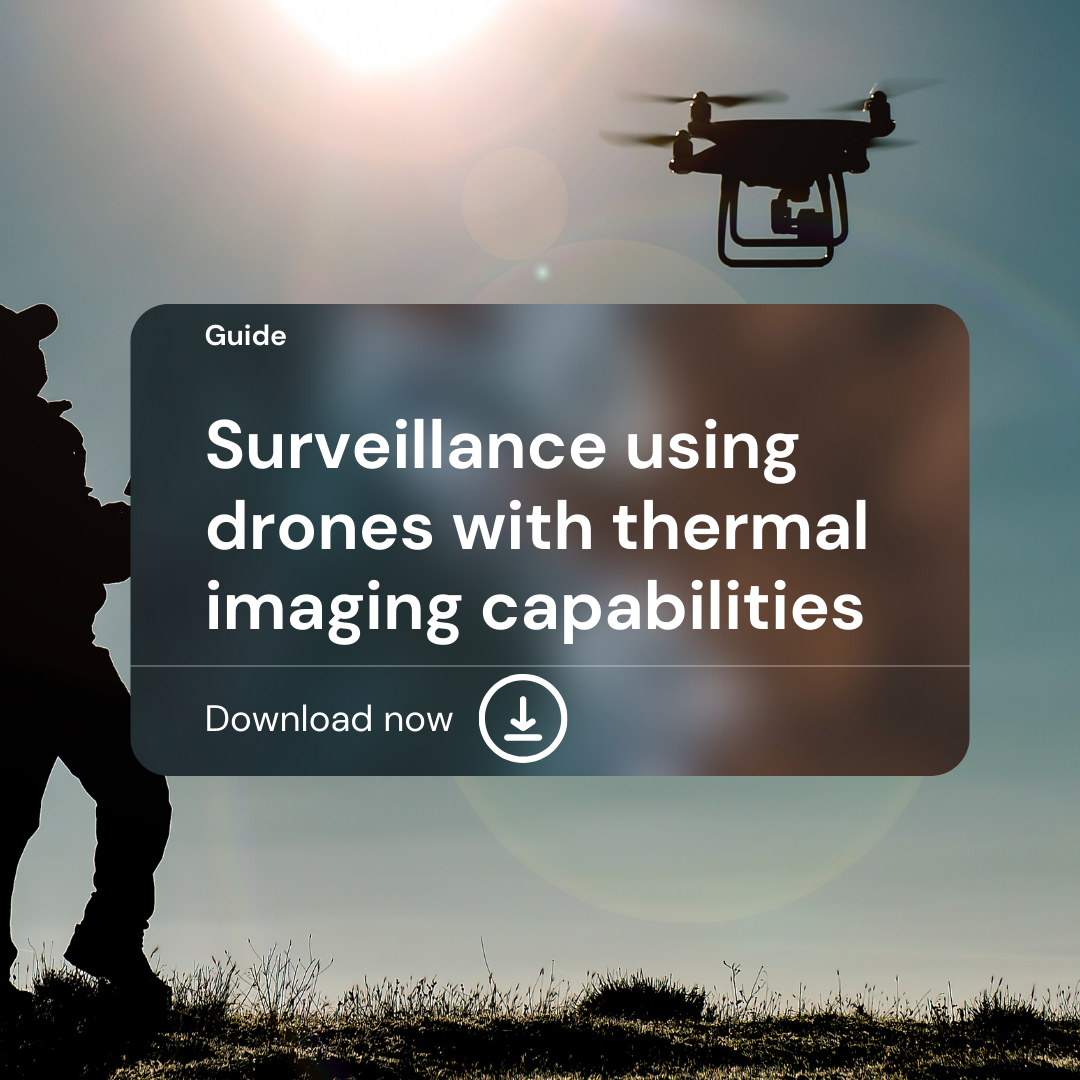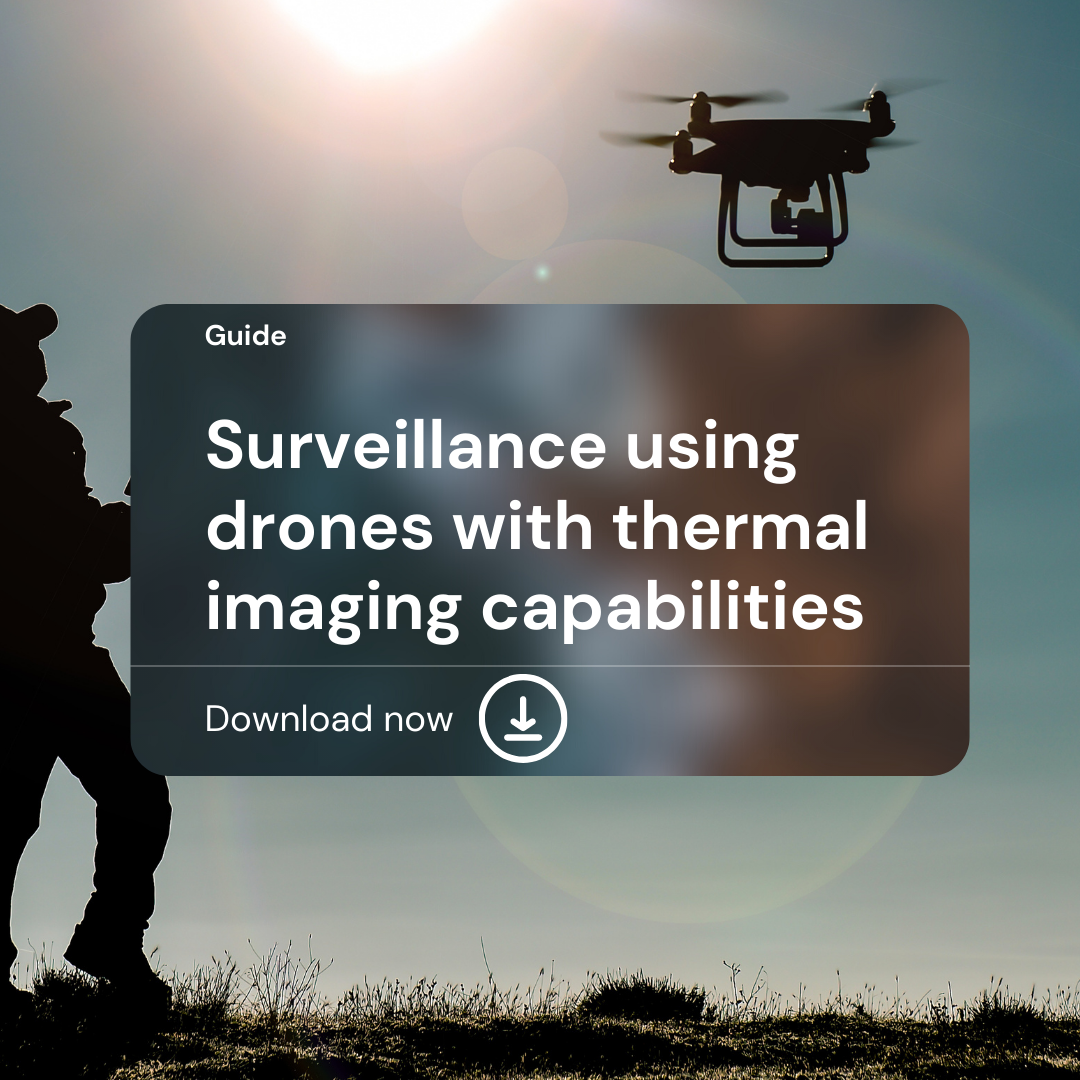Precision Thermal Imaging for Hunting & Leisure: Premium European Solutions for ...
The Hunting & Leisure market is evolving—driven by advanced technology, changing regulations, and the expectations of a new generation of responsible hunters...

April 11, 2022 . 3min read
Although public opinion might think that the infrared technology has only really been used for space missions since 2005-2010, it has actually played a fundamental role in space programs dating back several decades. This late realization can be explained by the increasing number of missions spreading around the world. Since 2014, space programs involving thermal imaging have practically been launched at the rate of one a year.
So what makes this technology so invaluable to space applications? What additional performance and specific characteristics does it bring to the table?
In this article, we review and describe how the different applications of infrared technology are powering the aerospace industry.
- Studying the Venusian atmosphere: infrared spectrometers have been designed to take a detailed look at the atmosphere on Venus and how it interacts with the planet's surface as part of the Venus Express mission.
- Studying the gases in Mars' atmosphere: using large-format infrared detectors, the ExoMars mission investigated the presence and origin of Mars' atmospheric trace gases, particularly methane, and determined whether there was any evidence of biological activity.
- Studying the minerals, water molecules and hydroxyl compounds present on the Moon: the Chandrayaan-2 mission is designed to study the composition and origin of the water beneath and across the lunar surface using an imaging spectrometer incorporating an infrared detector.
- Analyzing surface samples from the Ryugu asteroid: the infrared thermal sensors incorporated into the Hayabusa2 mission were used to determine the composition of the surface materials on the Ryugu asteroid (minerals, organic compounds, water, etc.) and thereby offer a clearer understanding into the origin of life on Earth.
- Weather forecasts: observing the level of humidity in the upper layers of the atmosphere using infrared imaging can help predict areas of low pressure.
- Climate change forecasts by observing ocean and continent temperatures as well as the composition of the atmosphere. This intel is gathered by satellites that capture the radiation emitted or reflected by the surfaces in the detectors' path, and that information is then converted into images or scientific data.
- Monitoring the planet's marine ecosystems by analyzing the color of the ocean.
- Tracking CO2 emissions with an infrared detector engineered into the MicroCarb satellite. The detector maps areas where CO2 is being emitted into the atmosphere and observes the planet's CO2 sinks (absorption zones) to analyze their effects on global warming.
If you would like to know more about the surveillance drone market, download our free guide below.

- Observing the impact of human activities on nature: urbanization, deforestation and the state of the forests, land-use rates, sea levels, the state of the polar ice caps, the level of water resources in different continents, etc.
- Observing hard-to-reach areas, such as the Poles and desert regions.
- Tracking and managing natural disasters by observing the Earth in real time or near-real time. Keep a close eye on natural risks, quickly locate affected areas, create a map of the damage sustained, and improve the models for predicting and simulating risk phenomena.
- Crop surveillance: by using infrared detectors to observe the Earth from space, information can be gathered about crop cover rates in the area studied, the biomass level, the cell structure and physiological state of the leaves observed, the water content and the plant growth rate.
Observers can also work out the mineral and organic composition, roughness and water content of the soil. These are just some of the invaluable data that can be harnessed for growing crops and managing land resources.
- Sea and ocean surveillance: checking fishing activities and marine traffic, locating oil spills, and looking after the ocean and coastal environment.
- Preventing and anticipating conflicts: infrared detectors fitted to surveillance satellites can be used to observe military facilities and installations in enemy or hostile countries. For example, the data collected can simplify the process of evaluating the level and type of weapons used, movements at fixed facilities and moving bases.
- Detecting and analyzing missile launches: satellites with embedded infrared detectors are capable of spotting and locating ballistic missile launches by the heat produced during propulsion, meaning that threatened areas can quickly take defensive action.
The infrared technology has clearly secured its place on the list of mission-critical components for the aerospace industry's various missions on account of its superior performance. Infrared is capable of seeing through dust clouds and guaranteeing images whatever the conditions. In addition, infrared detectors boast high-level performance at cryogenic temperatures and can withstand what are widely recognized as extreme conditions. In other words, infrared is an essential technology for observing the Earth and exploring space.
The infrared technology has widely entered the mainstream over the last 10 years. Its leading-edge capabilities are now available to drive such advanced and scientific fields as the space industry, as well as such innovative sectors and devices as the motor industry, smart buildings and surveillance drones.
If you would like to know more about the surveillance drone market, download our free guide below.
